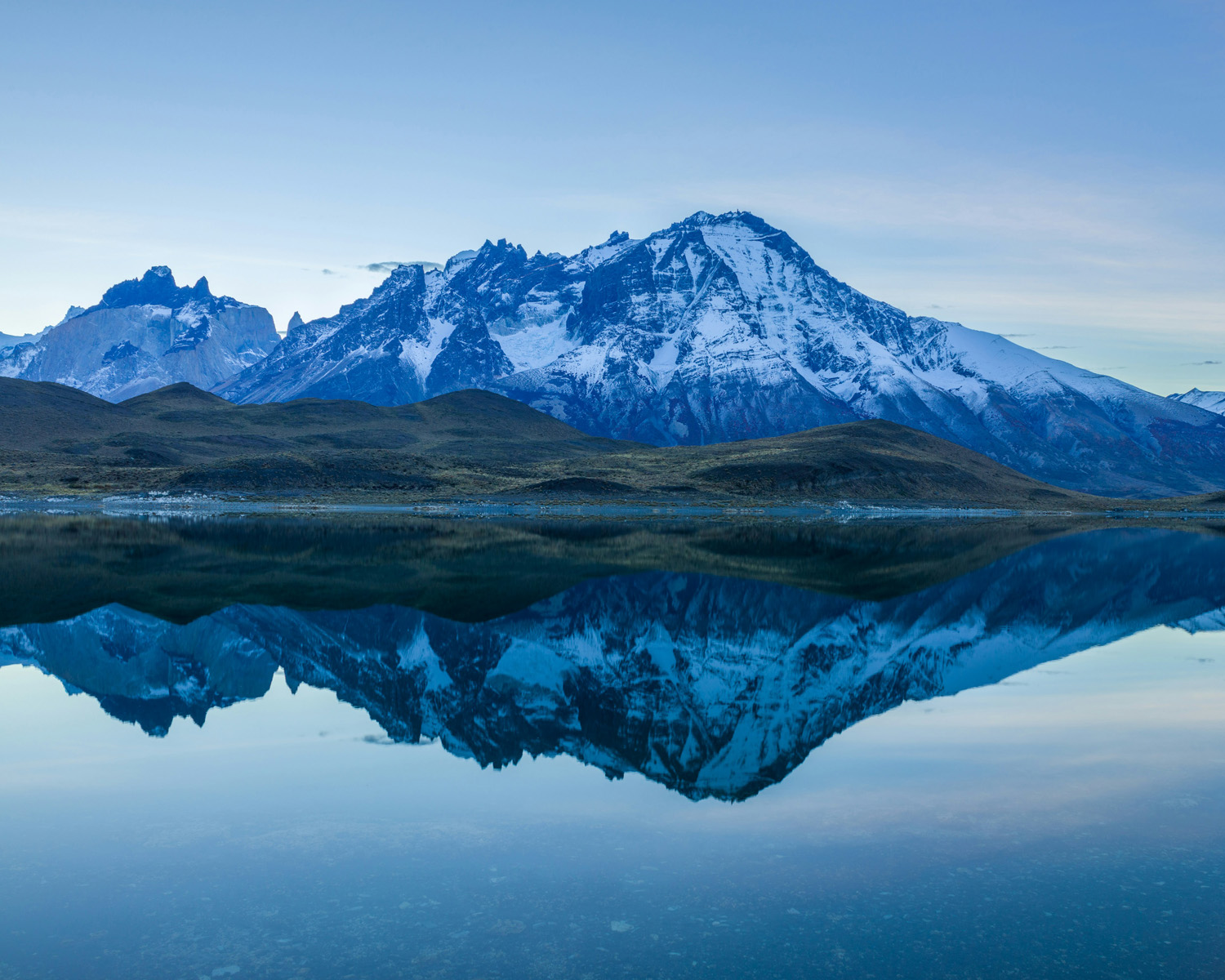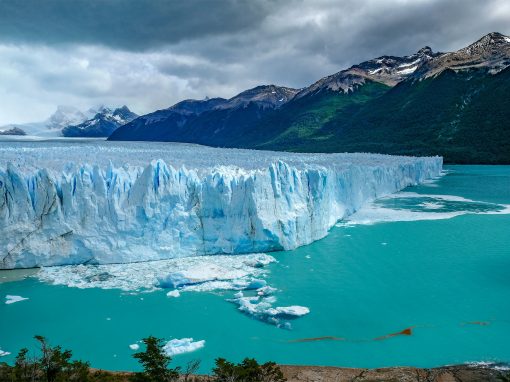From the lush rainforests of the Amazon to the windswept plains of Patagonia, the continent offers unparalleled opportunities for wildlife enthusiasts and nature lovers. Whether you’re tracking jaguars in the Pantanal, spotting marine iguanas in the Galápagos, or observing pumas in the rugged beauty of Patagonia, South America’s wildlife destinations provide unforgettable experiences. In this guide, and in no particular order, we’ll explore five of the best places to encounter the diverse and fascinating creatures that call South America home.
1. The Pantanal—A Paradise for Birdwatchers and Wildlife Enthusiasts
The Pantanal, spanning Brazil, Bolivia, and Paraguay, is the world’s largest tropical wetland and one of the most extraordinary ecosystems on the planet. Covering over 210,000 square kilometers (81,081 square miles), it boasts unparalleled biodiversity and is a UNESCO World Heritage Site. Unlike the Amazon’s dense rainforest, the Pantanal offers open landscapes that make wildlife observation remarkably accessible. This region is a haven for nature enthusiasts and adventurers, offering some of the best opportunities to witness wildlife in its natural habitat.
The Pantanal is home to an incredible array of species, including jaguars, capybaras, giant otters, caimans, and an astonishing 650 species of birds, such as hyacinth macaws and jabiru storks. Its diverse habitats include flooded grasslands, rivers, forests, and savannahs. The landscape transforms with the seasons; rivers overflow in the rainy months, creating a mosaic of waterways, while the dry season concentrates wildlife around the remaining water sources, making it the ideal time for safaris.
Beyond its natural beauty, the Pantanal is celebrated for its tranquil sunsets, where the skies are painted in vibrant hues, reflecting on the wetlands below. Photographers, bird watchers, and wildlife enthusiasts are drawn to this remote paradise to experience its serenity and ecological wonders.
Must-knows before visiting the Pantanal:
- Best Time to Visit: The dry season (April to October) is ideal for spotting wildlife, while the wet season (November to March) offers lush landscapes and bird migrations.
- Access Points: Cuiabá (northern Pantanal) and Campo Grande (southern Pantanal) are the main gateway cities.
- Travel Style: Stay at eco-lodges or fazendas that offer guided tours and safaris.
- Activities: Wildlife safaris, birdwatching, boat tours, fishing, horseback riding, and hiking.
- Packing Tips: Bring insect repellent, breathable clothing, waterproof gear, binoculars, and a good camera.
- Health Precautions: Consult a travel doctor for vaccinations and medications, as mosquito-borne diseases like malaria and dengue are risks.
- Wildlife Etiquette: Respect the animals and their habitats; maintain a safe distance and avoid feeding wildlife.
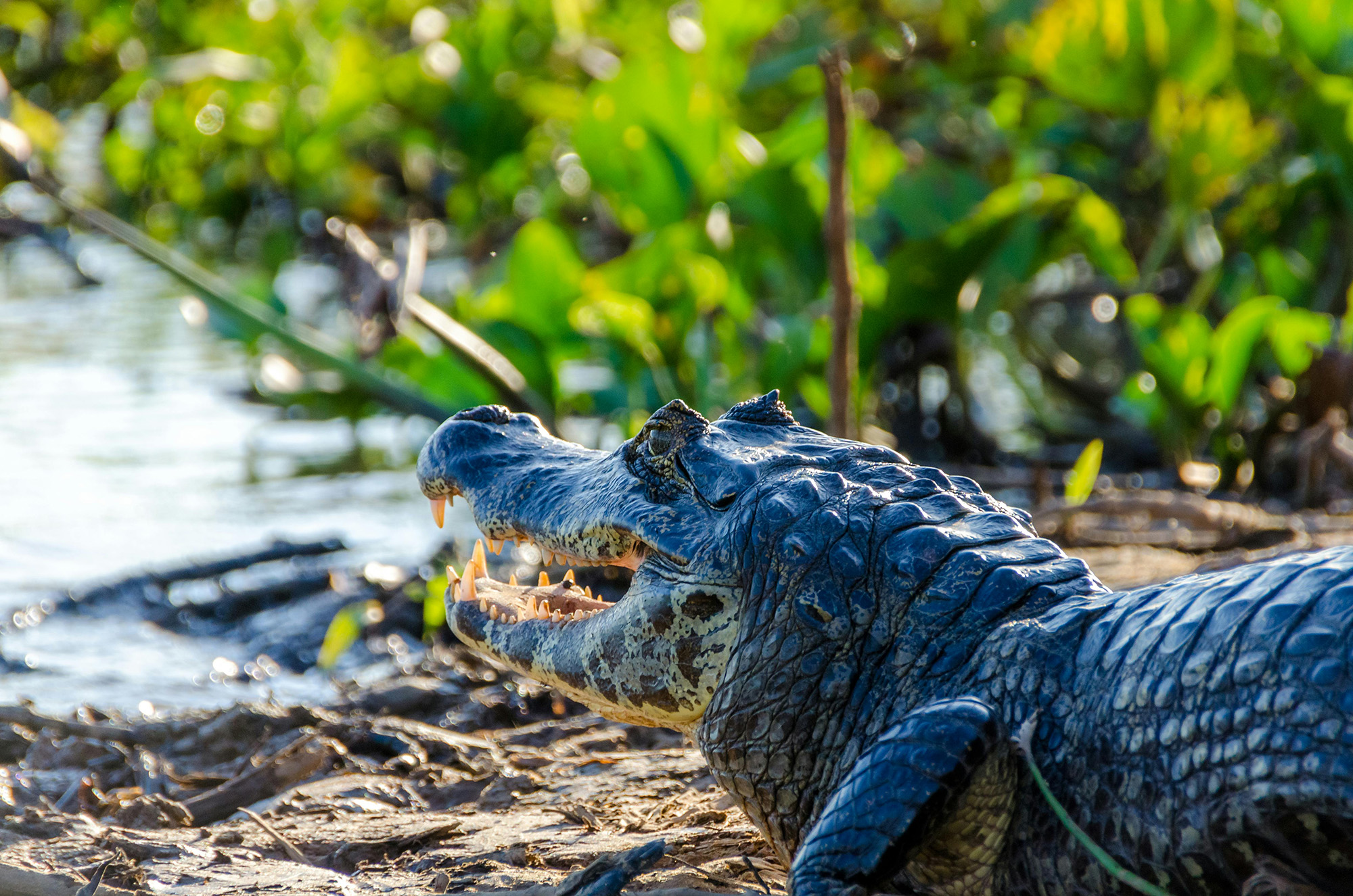
Up close with the breathtaking wildlife of the Pantanal. Photo by LEONARDO MENDES on Pexels.
2. Galápagos Islands—A Living Laboratory of Evolution
The Galápagos Islands, an archipelago of volcanic islands located in the Pacific Ocean off the coast of Ecuador, are one of the most remarkable natural destinations on Earth. Famed for their unique biodiversity and as the inspiration for Charles Darwin’s theory of evolution, the Galápagos are a UNESCO World Heritage Site and a haven for nature enthusiasts, scientists, and adventurers alike.
The islands are home to a variety of iconic species, many of which cannot be found anywhere else in the world. Visitors can encounter giant tortoises, marine iguanas, blue-footed boobies, Galápagos penguins, and an array of vibrant underwater life while snorkeling or diving in crystal-clear waters. The islands’ diverse habitats include white sandy beaches, lush highlands, volcanic craters, and turquoise lagoons, creating an otherworldly landscape.
The Galápagos Islands offer an extraordinary journey into one of the planet’s most pristine and biologically diverse environments. Whether you’re exploring underwater worlds or hiking rugged trails, every moment in the Galápagos is a reminder of nature’s unparalleled beauty and resilience.
Must-knows before visiting the Galápagos Islands:
- Best Time to Visit:
- Warm Season (December to May): Warmer waters, excellent snorkeling, and lush landscapes.
- Cool Season (June to November): Cooler waters with nutrient-rich currents attract more marine life, making it perfect for diving.
- Access Points: Most visitors arrive via flights from Quito or Guayaquil to the islands’ main airports on Baltra or San Cristóbal.
- Travel Options:
- Cruises: Explore multiple islands with guided tours and onboard amenities.
- Land-Based Tours: Stay on main islands like Santa Cruz, San Cristóbal, or Isabela, and take day trips.
- Packing Tips:
- Lightweight clothing, sturdy walking shoes, swimwear, reef-safe sunscreen, and a good camera for capturing the unique wildlife and landscapes.
- Entry Requirements: A transit control card (TCT) and payment of a national park entrance fee upon arrival.
- Conservation Rules: Strict guidelines are in place to protect the ecosystem. Always travel with a licensed guide, maintain a safe distance from wildlife, and leave no trace.
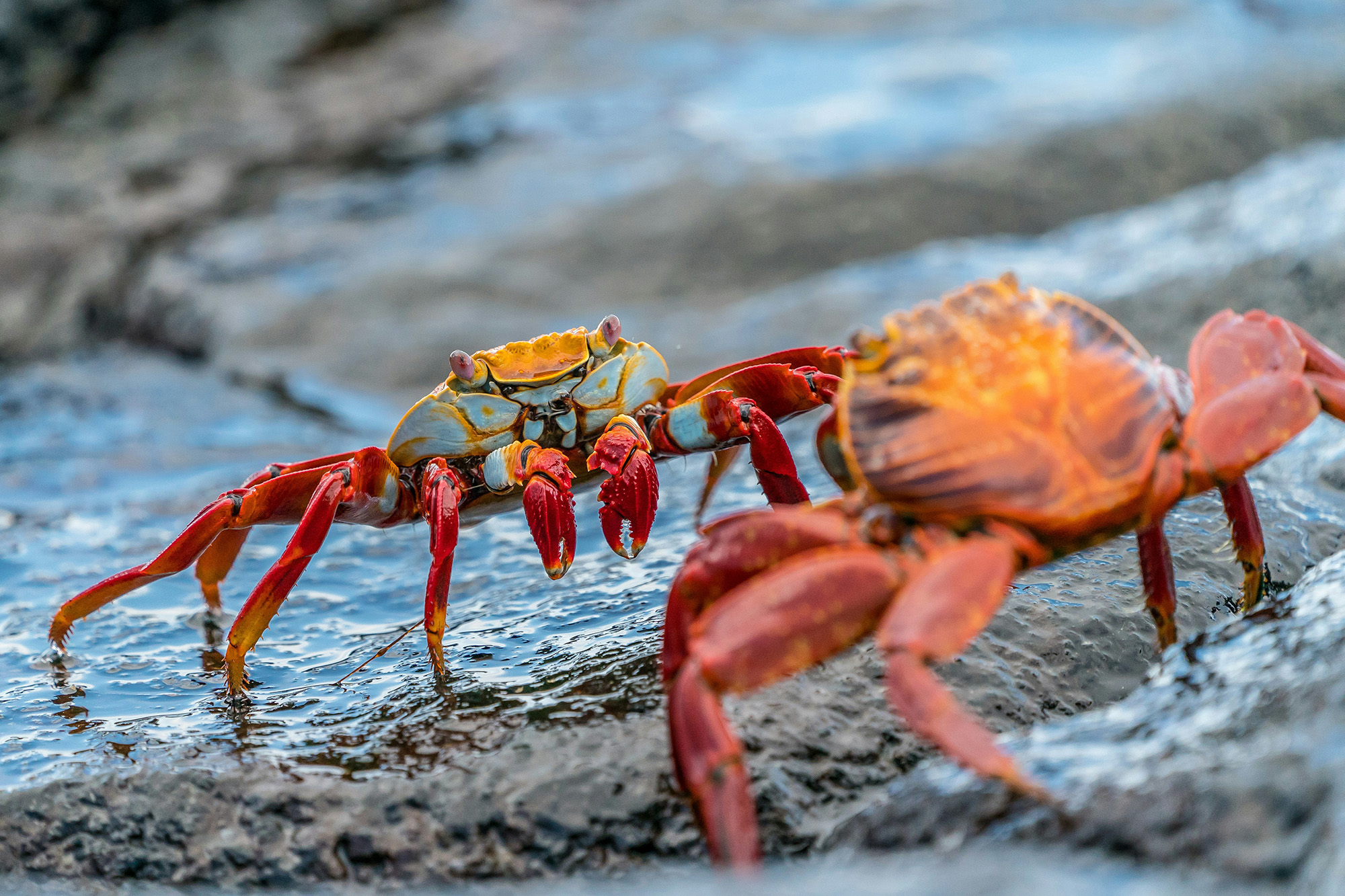
Discover the unique and diverse wildlife of the Galápagos Islands! Photo by Rod Long on Unsplash.
3. Iguazú Falls—A Symphony of Water and Nature
Straddling the border of Argentina and Brazil, Iguazú Falls is one of the most breathtaking natural wonders on the planet. This massive waterfall system, comprising 275 individual cascades over nearly 3 kilometers (2 miles), is set amidst lush subtropical rainforest and is a UNESCO World Heritage Site. Often called one of the “New Seven Natural Wonders of the World,” Iguazú Falls offers an awe-inspiring display of nature’s power and beauty.
The centerpiece of the falls is the towering Devil’s Throat (Garganta del Diablo), a dramatic U-shaped chasm that plunges over 260 feet (80 meters) into the river below, creating an unforgettable spectacle of mist and roaring water. Surrounding the falls, the diverse ecosystems of Iguazú National Park on both sides of the border provide a sanctuary for countless species of flora and fauna, including toucans, coatis, jaguars, and butterflies.
Whether viewed from Argentina’s immersive trails or Brazil’s sweeping panoramas, Iguazú Falls delivers an unforgettable experience. The thundering cascades, framed by verdant jungle, remind visitors of the raw power and beauty of our natural world.
Must-knows before visiting the Iguazú Falls:
- Best Time to Visit:
- March to May & September to November: Enjoy mild weather, fewer crowds, and good water flow.
- December to February: Peak season with high water levels, but prepare for heat and crowds.
- Access Points:
- Argentina Side: Puerto Iguazú is the nearest city, with access to extensive walkways and close-up views.
- Brazil Side: Foz do Iguaçu offers panoramic vistas and thrilling helicopter tours.
- Park Entry Fees: Separate fees are required for entry into the Argentine and Brazilian national parks.
- Must-See Spots:
- Argentina Side: Devil’s Throat catwalk, Upper and Lower Circuits, and the Ecological Jungle Train.
- Brazil Side: Stunning viewpoints and the glass walkway near Devil’s Throat.
- Packing Tips: Comfortable walking shoes, waterproof clothing, sunscreen, and insect repellent are essential.
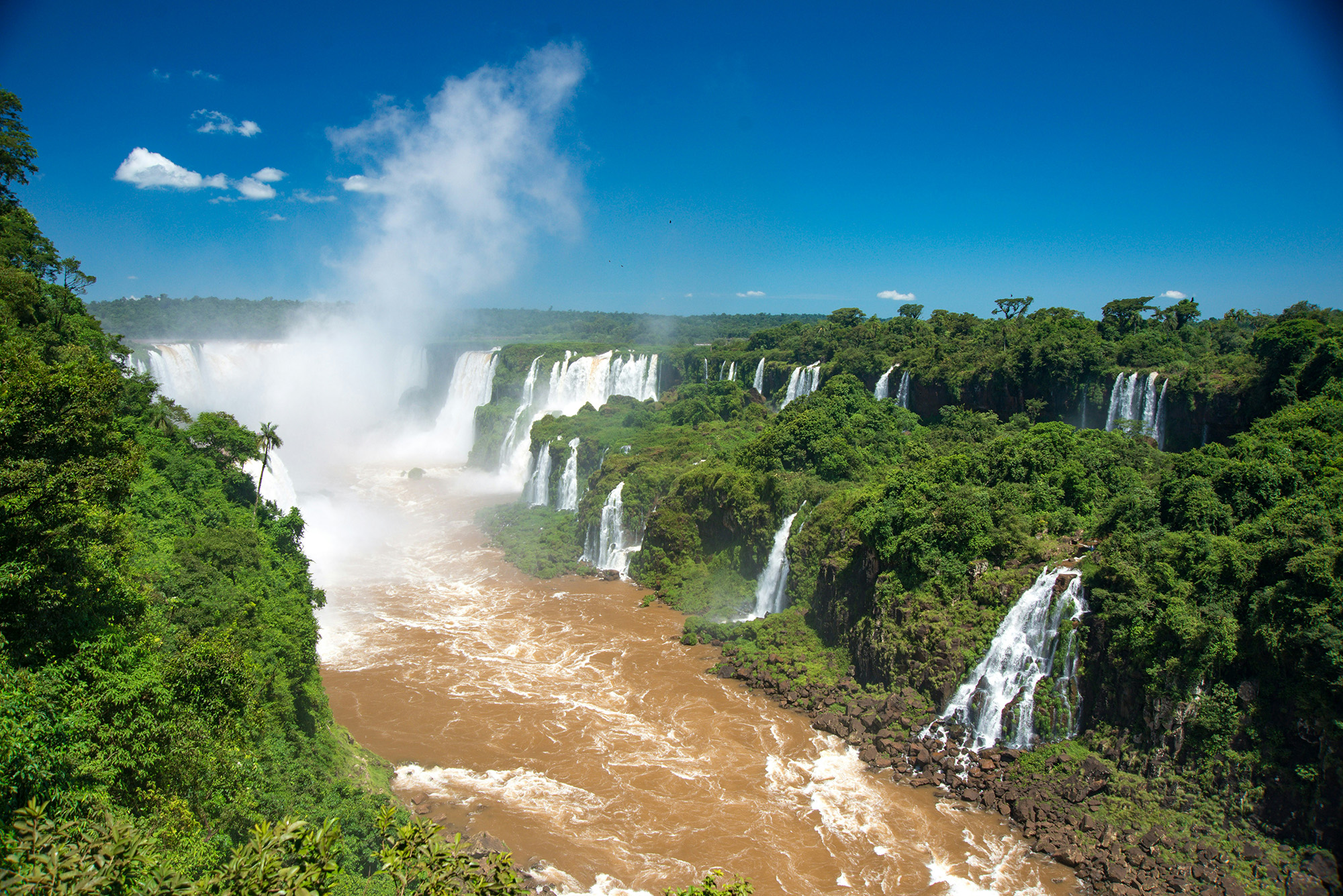
Feel the power of nature at Iguazu Falls, one of the world’s most breathtaking natural wonders. Photo by Ondrej Bocek on Unsplash.
4. Patagonia—Wild Landscapes and Unique Wildlife
Stretching across southern Chile and Argentina, Patagonia is a vast and diverse region of breathtaking landscapes, rugged wilderness, and remarkable biodiversity. Known for its towering mountains, sprawling glaciers, windswept steppes, and shimmering lakes, Patagonia is a dream destination for adventurers, nature lovers, and photographers alike.
From the jagged peaks of Torres del Paine in Chile to the awe-inspiring Perito Moreno Glacier in Argentina, Patagonia offers a wealth of iconic sights. Beyond its natural beauty, the region is rich in history and culture, with ties to indigenous peoples like the Tehuelche and Mapuche, as well as European settlers who helped shape its modern identity.
Patagonia’s untamed landscapes inspire awe at every turn, offering a connection to nature like few other places on Earth. Whether you’re gazing at the icy blues of a glacier or trekking through verdant valleys surrounded by towering peaks, Patagonia promises an unforgettable journey to the edge of the world.
Must-knows before visiting Patagonia:
- Best Time to Visit:
- October to April: Ideal for outdoor activities, with warmer temperatures and longer days.
- Winter (May to September): Great for snow sports and quieter trails but expect colder weather.
- Weather: Patagonia is notorious for its unpredictable climate—prepare for strong winds, rain, and sunshine in a single day.
- Getting There: Main gateways include El Calafate and Ushuaia in Argentina, and Punta Arenas and Puerto Natales in Chile.
- What to Pack: Layers, a windproof jacket, sturdy boots, sunscreen, and a reusable water bottle are must-haves.
- Highlights of Patagonia:
- Torres del Paine National Park (Chile)
- Los Glaciares National Park (Argentina)
- Tierra del Fuego
- The Patagonian Steppe
- Lakes District.
- Activities to Enjoy in Patagonia
- Hiking and Trekking: Trails range from challenging multi-day adventures to easier day hikes.
- Glacier Tours: Walk on glaciers like Perito Moreno or take a boat ride to witness massive icebergs calving.
- Wildlife Watching: Spot Andean condors, Magellanic penguins, whales, and other unique species.
- Adventure Sports: Opportunities for kayaking, horseback riding, and even ice climbing.
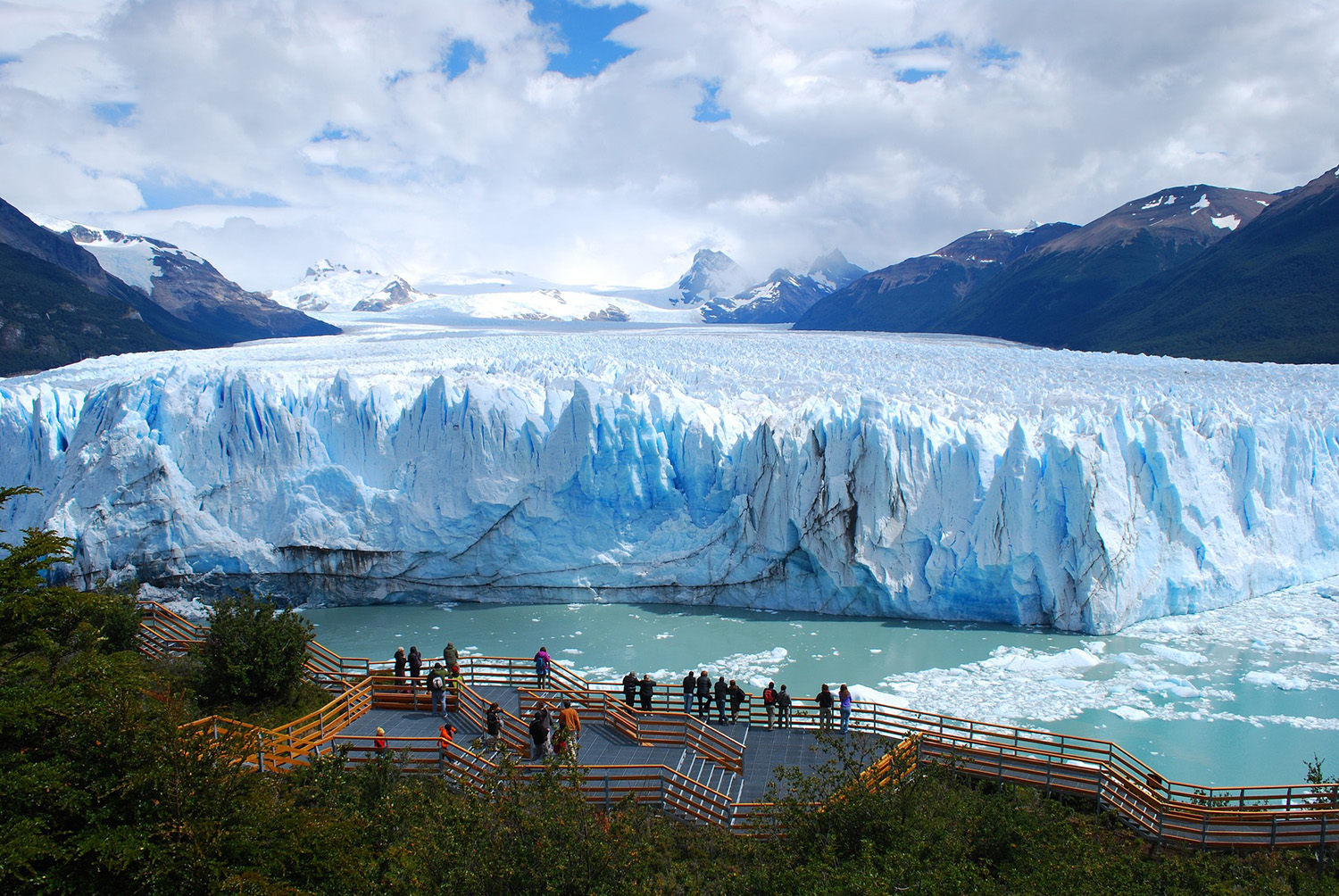
Behold the icy majesty of Patagonia’s glaciers. Photo by Jackiesar on Pixabay.
5. Amazon Rainforest—A Biodiversity Hotspot Like No Other
The Amazon Rainforest, spanning nine countries across South America, is the largest tropical rainforest on Earth and a vital ecosystem for the planet. Spanning around 5.5 million square kilometers (2.1 million square miles), it constitutes over half of the planet’s remaining rainforests and plays a vital role in oxygen production and climate regulation, earning it the nickname “lungs of the Earth.”
This remarkable region is home to unparalleled biodiversity, with thousands of plant, animal, and insect species—many of which are found nowhere else. It also holds profound cultural significance, as it sustains numerous Indigenous communities who have lived in harmony with its resources for generations.
The Amazon Rainforest offers an unparalleled journey into the heart of nature. From the symphony of sounds created by its wildlife to the profound sense of wonder it inspires, this unique ecosystem is a treasure waiting to be explored and cherished.
Must-knows before visiting the Amazon Rainforest:
- Best Time to Visit:
- Wet Season (December to May): Rivers swell, allowing deeper exploration by boat. Expect higher humidity and frequent rains.
- Dry Season (June to November): Lower water levels reveal more trails and beaches, with better chances of spotting certain wildlife.
- Entry Points: Manaus (Brazil), Iquitos (Peru), and Puerto Maldonado (Peru) are popular gateways.
- Packing Tips: Bring lightweight, moisture-wicking clothing, insect repellent, sturdy shoes, a waterproof bag, and binoculars.
- Health Precautions: Vaccinations like yellow fever are often recommended, and mosquito nets are a must in some areas.
- Respect Nature: Follow eco-friendly practices to minimize your impact and support conservation efforts.
- Highlights of the Amazon Rainforest
- Wildlife Diversity: Spot iconic species such as jaguars, pink river dolphins, sloths, and macaws, as well as elusive creatures like poison dart frogs and giant otters.
- River Systems: The Amazon River is the lifeblood of the rainforest, with countless tributaries offering incredible boat tours, fishing, and exploration opportunities.
- Indigenous Cultures: Engage with Indigenous communities to learn about their traditions, medicinal knowledge, and sustainable ways of living.
- Canopy Walks: Witness the rainforest from above on suspended walkways that reveal life in the treetops.
- Activities in the Amazon
- Boat Tours: Glide along rivers to explore hidden corners, encounter wildlife, and admire the beauty of the waterway network.
- Jungle Treks: Venture deep into the forest with expert guides, discovering unique plants, ancient trees, and animal tracks.
- Birdwatching: With over 1,500 bird species, including toucans and harpy eagles, the Amazon is a birder’s paradise.
- Night Safaris: Experience the forest’s nocturnal wonders, from bioluminescent fungi to prowling predators.
- Eco-Lodges: Stay in sustainable accommodations designed to immerse you in the Amazon’s serenity while minimizing environmental impact.
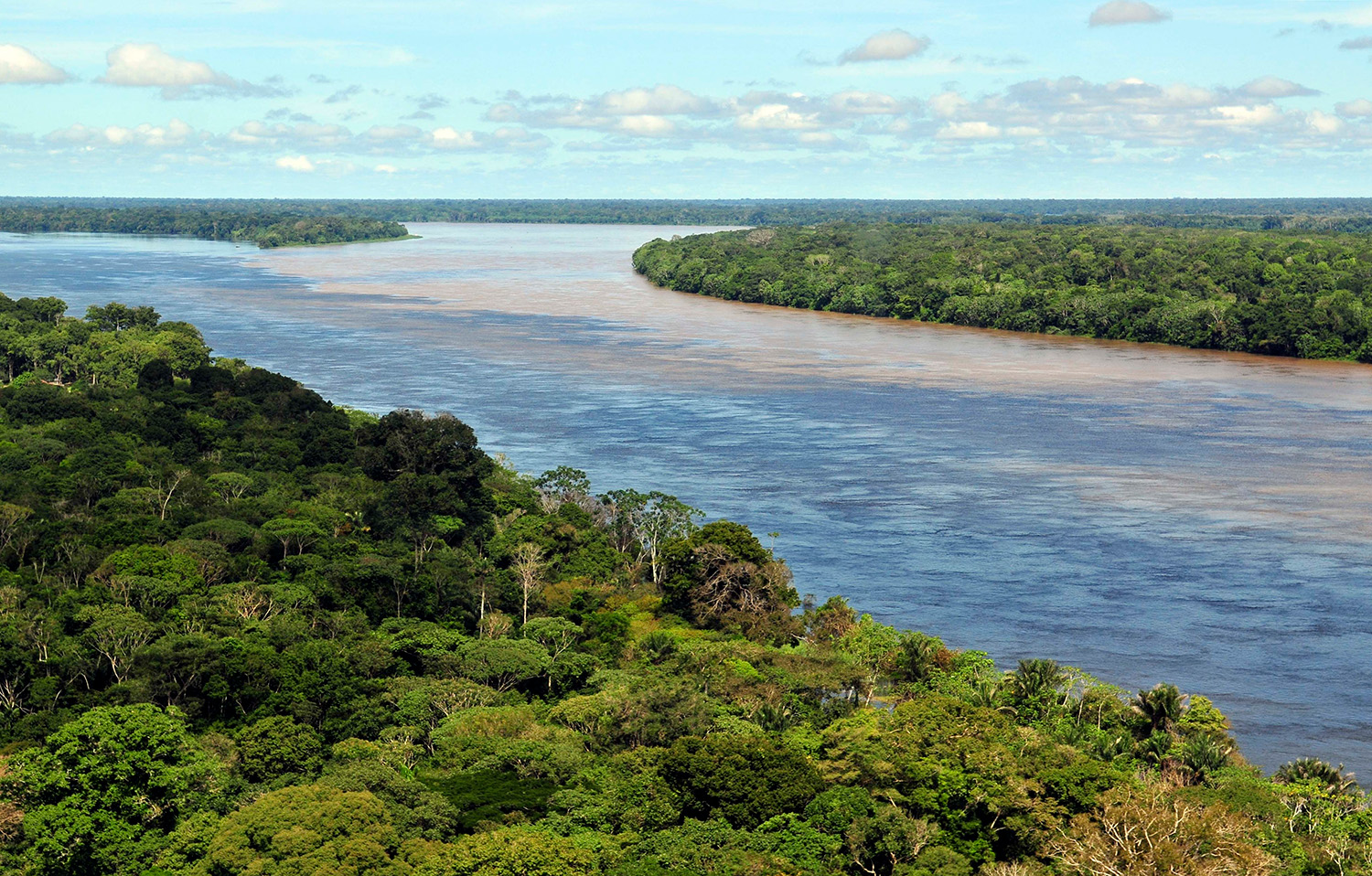
Journey into the heart of the Amazon River, the lifeline of the world’s largest rainforest. Photo by Neil Palmer/CIAT, under the CC BY-SA 2.0 <https://creativecommons.org/licenses/by-sa/2.0> license, via Wikimedia Commons.
South America’s wildlife destinations offer an unparalleled opportunity to connect with nature in its purest form. From the diverse habitats of the Amazon Rainforest to the breathtaking landscapes of Patagonia, each destination reveals a unique tapestry of ecosystems and species found nowhere else on Earth.
Whether you’re marveling at the sheer power of Iguazú Falls, exploring the intricate waterways of the Pantanal, or encountering the rare creatures of the Galápagos Islands, these experiences leave a lasting imprint on your heart and mind.
Ready to embark on your next adventure? Let these incredible destinations inspire your journey into the wild wonders of South America.

Latin America for Less is a group of travel experts who live, work, eat, and breathe all things South America. Their inspiration stems from a deep appreciation for the beauty and diversity that make this continent so special.

